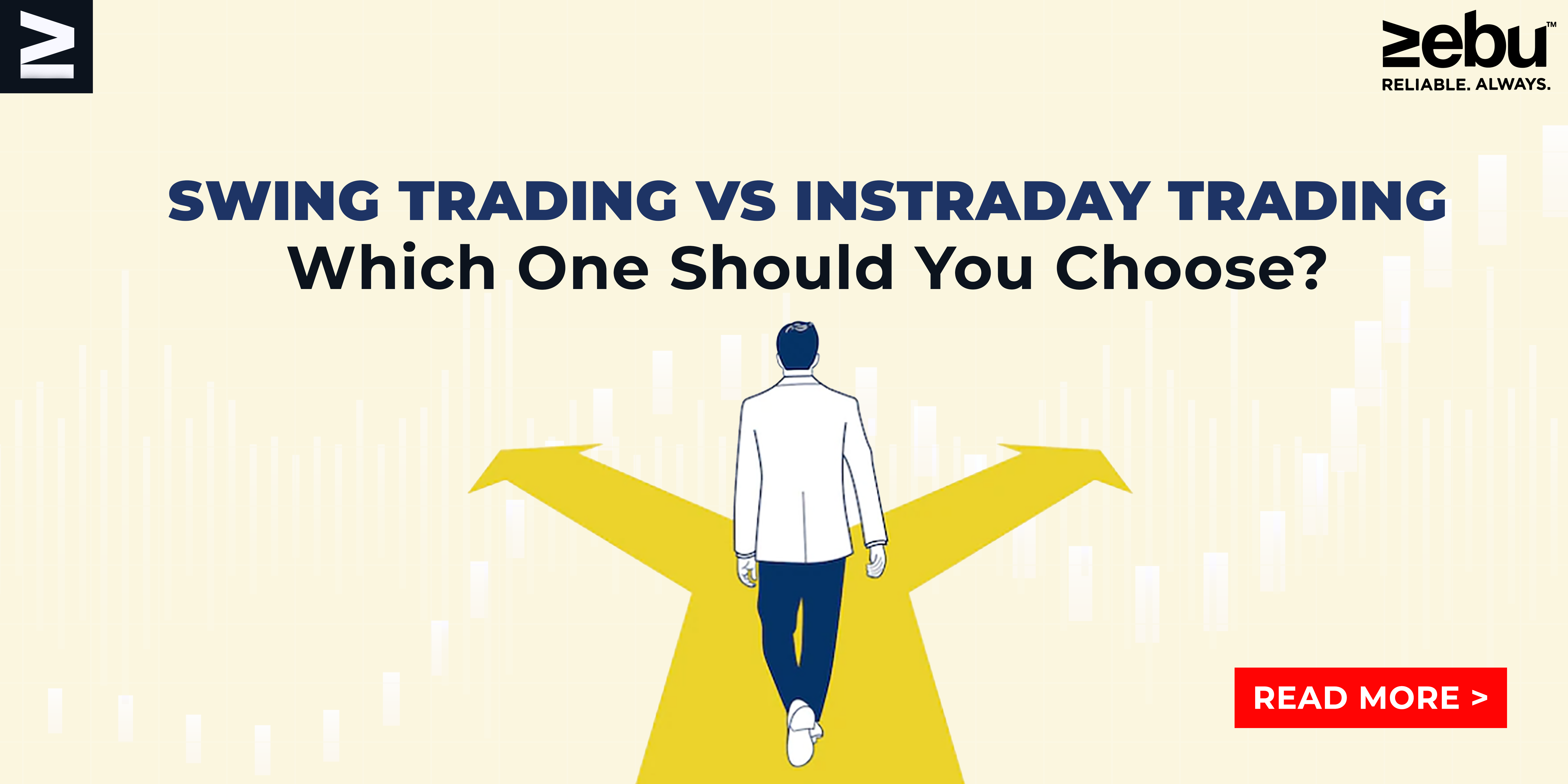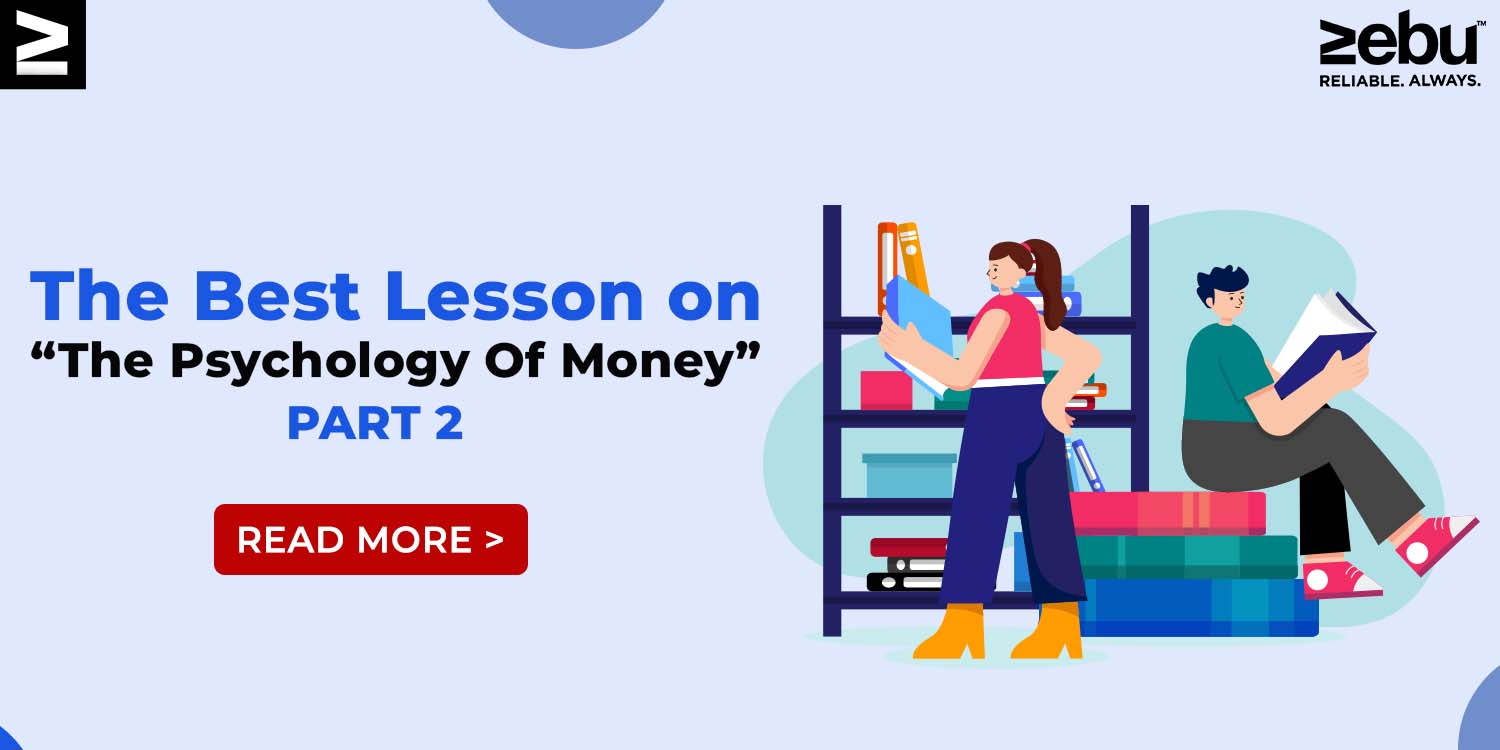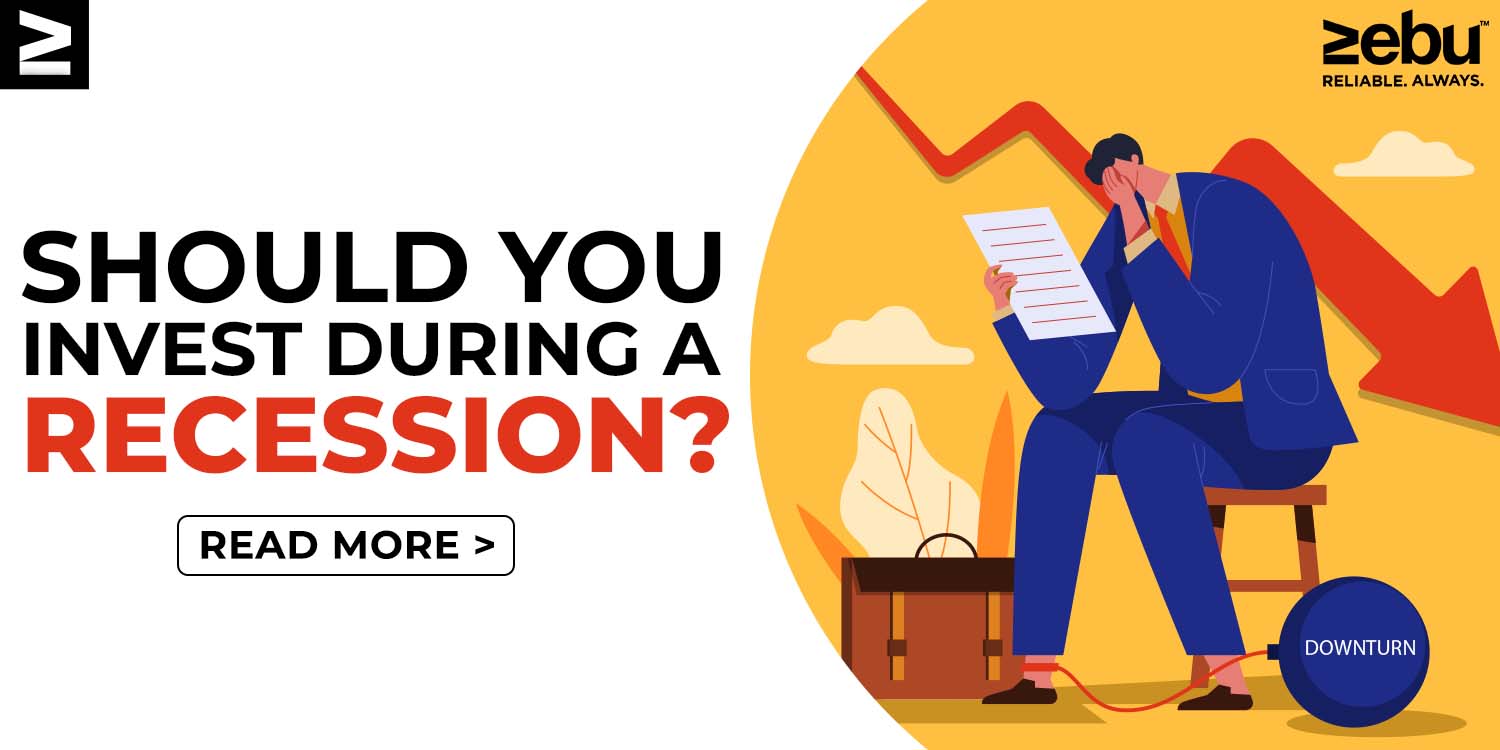
Intraday trading is a word that means exactly what it says: trading that takes place during the same day. One thing an intraday trader needs to understand is what is called “open interest.”
What is open interest?
In its simplest form, open interest (OI) is the number of active contract numbers at the end of each trading day. These are positions that are still open and haven’t been closed yet. Open interest is a way to measure how busy the futures and options markets are in general. For every new position that a buyer and a seller take, the open interest goes up by one contract. When traders close their positions, the number of open contracts goes down by one. If a seller or buyer transfers their position to another seller or buyer, the open interest doesn’t change.
If the OI has gone up, it means that the market is getting more money. If the OI is going down, the current trend in prices is about to end. In this way, the OI shows how prices change over time.
It describes participation
Traders should also know that open interest and volume are not the same thing. Volume is the number of contracts that are bought and sold in a day. Volume is a measure of how many contracts have been made between the seller and the buyer. This is true whether a new contract was made or an existing contract was changed. The main difference between open interest (OI) and volume is that OI shows how many open and active contracts there are, while volume shows how many were actually executed.
How prices change and what they do
Another thing to think about when talking about OI is how the price moves. In trading, price action is the way a graph shows how the price of a security changes over time. It refers to whether the price of a certain security is going up or down.
Most traders analyse the market based on volume, Open Interest (OI), price, and other market indicators. In general, a market is strong when the price is going up, the volume is going up, and the OI is going up. On the other hand, a market is weak even if the price is going up if the other two indicators are going down.
Here are a few tips for traders who want to use OI to keep an eye on how the market is doing:
When the OI goes up and the price goes up at the same time, there is a lot of money coming into the market. It shows that there are buyers, so it’s seen as a good sign for the market.
– When prices are going up but the OI is going down, money may be leaving the market. This means the market is going down.
– Even if the OI is sky-high and the price drops sharply, this is still a bearish sign for the market. This is because it looks like people who bought at the peak have lost money. In this case, there is a chance that people will sell out of fear.
– If prices are going down and the open interest is also going down, it means that holders are feeling pressured to sell their positions. This shows that the market is bearish. It can also mean that the best time to sell is coming up.
OI is important because it shows how many contracts are open or active in the market. When more contracts are added, OI goes up. When a contract is squared off, the open interest goes down. Volume is another word that is often used with the term “open interest.” The volume shows how many trades were made on a certain day. It doesn’t last into the next day, though. On the other hand, OI is live data because it affects what happens the next day.
Together, open interest, price, and volume data help intraday traders understand how the market is doing. Using this information, an intraday trader can figure out if the market is going up or down.








